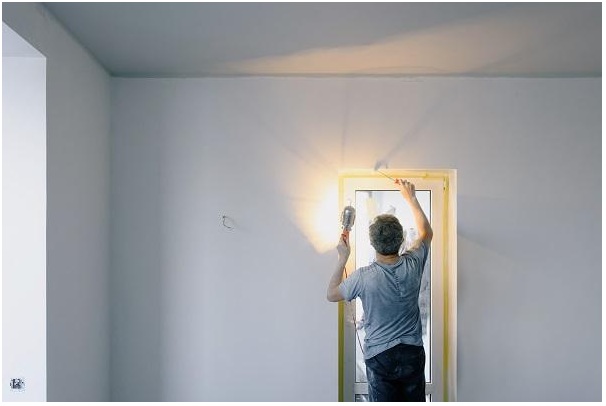DIY Mould Removal Do’s and Don’ts. The most undesirable occupant of many homes is the “mould.” This fungus can be found in unpleasant patches around the bathroom’s corners, in between tiles, and staining the walls. Mould, if accumulated, can be hard to get rid of overtime. Moreover, mould’s spores can cause allergic reactions that can eventually lead to serious health problems.
Therefore, once you discover the growth of this dangerous fungus, you might be tempted to clean it up yourself. Though, mould remediation is better when left to mould removal Melbourne professionals. However, small infestations can be effectively tackled on your own.
So, before you take up the dreadful task, read the following points to know what is best and what mistakes to avoid while cleaning mould without compromising your health and safety.
Right cleaning products are important
Some safe and effective readily available DIY products you can use to kill mould, include hydrogen peroxide, vinegar, baking soda, tea tree oil, and detergent.
- Use borax
The best and the most common DIY mould remediation cleaning agent recommended by the specialists is borax. Available at any grocery or laundry section, the borax powder should be mixed with one gallon of hot water. Apply the solution to the mould-affected surface and scrub it until the mould vanishes. However, never use borax on porous surfaces like drywall, as these materials can absorb water quickly and aggravate the mould problem by making it moist.
- Avoid bleach
It is a common myth among many household owners that bleach is an effective mould treatment—however, this is entirely false. Bleach is a strong chemical that not only harms your health but also fails in eliminating the mould. It only changes mould’s colour from black to white or grey, with a large possibility that the mould will return.
- Avoid mould-resistant paint
Painting the affected area with mould-killing paint might seem like a quick, effective fix to eradicating mould, but you’re mistaken.
If mould remains after applying the paint, it can continue to grow beneath the paint coat and eventually be visible again. Mould-resistant paint is just a temporary measure to make the area look better; however, painting can make mould removal more difficult later.
To get the best results, first properly clean the surface and dry it thoroughly to eradicate any moisture traces so that mould cannot return. Once the area is dry and mould-free, apply your mould-resistant paint.
Wear proper clothing
Make sure that you are adequately covered and geared before starting your DIY mould cleanup process. Wear gloves, goggles, and loose clothing and dispose of them or thoroughly wash them later.
Cross-contamination
It is crucial to set up the proper containment to prevent spores from spreading while cleaning mould, which homeowners often ignore. You must realize the once you begin scrubbing off the mould, its spores become airborne, contaminating your entire house.

Therefore, to avoid this, you can either call the professionals to set up the proper containment environment or do it yourself.
Conclusion
You must know how to kill the mould spores effectively as you certainly don’t want to spend a fortune later. Also, for cleaning porous materials, it is recommended that you call professionals. They are equipped with proper knowledge, training, and equipment.




























